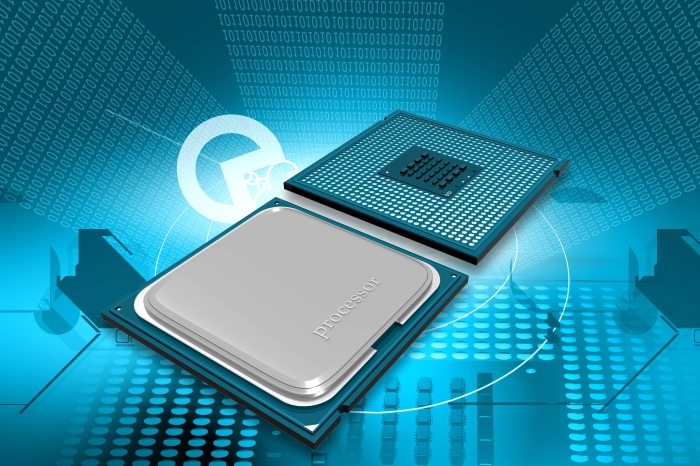Cluster-definitions and characteristics
Technology exists to make our lives easier. Ally of billions of people around the world, computation shortens distances, simplifies processes and streamlines the implementation of tasks that could take hours to run without it — sometimes they would not even be possible. This power is also used by businesses, industries and research institutes today.
However, the volume of work and information that need to be processed at the same time goes far beyond your music player working as you read the last email from your boss or client. There are highly complex tasks that require the maximum from processors for their implementation. It is this context that demands the existence of clusters. A computing structure which can provide better performance, reliability and agility for the execution of highly complex processes. In this article, you will learn a little more about this technology used by companies such as NASA, IBM, and stock exchanges. Check Out:
What is a cluster?
Cluster is a term that means “agglomerate” or “clutter” and can be applied in various contexts. In computing, it defines a system architecture able to combine multiple computers to work together or it can denote the group of computers combined itself.
Each station is named “node” and, combined, they compose the cluster. In some cases, it is possible to see references such as “supercomputers” or “cluster computing” for the same scenario, representing the hardware used or the software specially developed to be able to combine such equipment.
How are clusters formed?
It may seem very simple to add multiple computers to work together to perform tasks, but it is not. Efforts to efficiently build this type of usage began at IBM in 1960 and it undergoes constant renewal till today. The goal is always to increase the efficiency of the connection, that is, to optimize the full use of the resources of all stations and improve the circuit dynamic behavior.
Are all clusters the same?
No. There are different types of supercomputers that are focused on different benefits of the connection and, consequently, are better suited to certain tasks and markets. Check the four main types of clusters:
Failover or High Availability (HA)
As the name suggests, these clusters are developed with the focus mainly on the maintenance of the always-on network. Regardless of what happens in each node, it is essential that the system remains online. To do this, several stations work in a redundancy system which is invisible to the user. Almost as if, in a soccer game, a substitute player who has exactly the same features as the official player — virtually his clone — were always warm and standing on the edge of the field. If the official player needs to go out, the other one immediately goes into action, and the judge, the fans or teammates will not notice. This is a type of cluster commonly used in services such as electronic post (email), which cannot be interrupted at all.
Load Balancing
In this type of architecture, all nodes are responsible for running tasks. Resource requests or incoming requests traffics (more memory for data storage, for example) are distributed to the machines that compose the system. It is literally an “all for one”. From the simplest task to the most complex one, they are performed with the strength resulting from the union of the features available. In this model, performance is prioritized, and if any of the stations fails, it is removed from the system and the task is redistributed among the remaining ones. Companies that use server towers (web farm) use this type of cluster.
Combined Models
In some cases, you cannot prioritize performance at the expense of stability or vice versa. FTD or mail servers, for example, need both functionalities with equivalent efficiency. Therefore, these companies use a combined cluster of load balancing and high availability. In an integrated manner, the system is capable of uniting resources from different machines with a built-in redundancy network to prevent crashes.
Parallel Processing
The last one of the major cluster categories is the one used by NASA. In this type of cluster, major tasks are divided into less complex activities, distributed through the system and executed in parallel by multiple nodes in the cluster. So, the applicability of this type of cluster is more efficient in very complex computational tasks, such as the ones from the American Space Agency. Shortly, it would be as dividing a five thousand pieces puzzle between ten friends and each friend is responsible for putting together a 500-piece part. With the parts ready, you just need to join them.
Supercomputers are a reliable way to process a large volume of data. These are tools developed to serve companies that deal with valuable information and demand significant results in a short time. OpServices, for example, uses OpMon installation in cluster for customers who need greater performance and maximum availability through the processors contingency.










